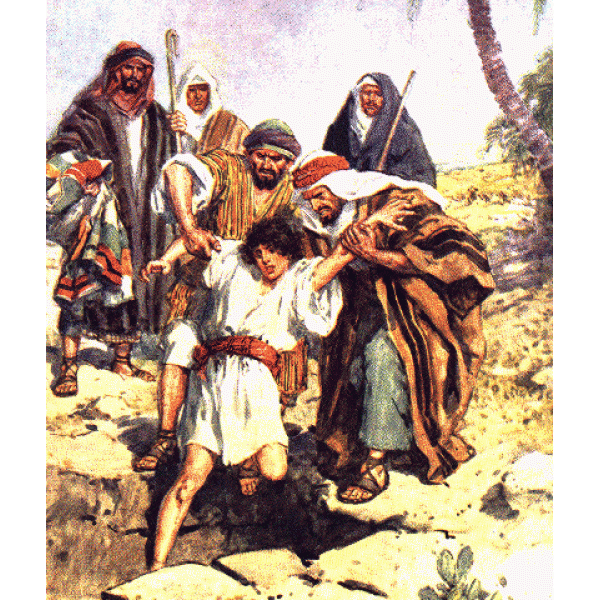Jesus Buried
Jesus Is Buried Later
John 19:38-39 Jesus Is Buried Later, a man named Joseph from Arimathea asked Pilate for the body of Jesus.
(Joseph was a follower of Jesus, but he did not tell anyone, because he was afraid of the Jewish leaders.)
Pilate said Joseph could take Jesus’ body, so he came and took it away. Nicodemus went with Joseph.
He was the man who had come to Jesus before and talked to him at night. He brought about 100 pounds of spices—a mixture of myrrh and aloes.
Joseph of Arimathea is a secret disciple. When it seems as if the movement has been squashed into the sands of history, he comes out of the closet of his fears.
Often fear presents itself as prudence or caution in order to gain respectability. It hides behind the tradition. It warns that the devil one knows is better than the devil one does not know.
It proclaims no gospel and warns that anarchy and innovation are two sides of the same coin.
Caution is good, but when our fears govern our actions we have lost before we have even begun to act. Fear is like farmland depleted of its nutrients.
The same crop has grown there for so long that eventually, the land has lost its ability to produce. Today our fears take many forms: ethnicity, socioeconomic status, human sexuality, political persuasion. Our fears keep us from seeing other human beings as human beings. They keep us from living our faith.
Nicodemus, on the other hand, represents the life of faith. In the first instance (John 3:1-2), Nicodemus came by night to meet with Jesus.
Obviously, a person of his status meeting an itinerant Galilean preacher openly would have caused heads to turn at every level of Judean society.
Nicodemus has been moved, but he is still reluctant to be seen with Jesus. The second time Nicodemus appears (John 7:50-51) he not only publicly speaks up for Jesus, he does so before his contemporaries.
At the very least, it is obvious that Nicodemus wants his peers to treat Jesus fairly according to the Law of Moses (Deuteronomy 1:16-17).
In the third instance, Nicodemus provides for a (very expensive) proper burial for Jesus. The number of spices used to prepare Jesus for burial implied that Jesus had royal status.
Nicodemus’ faith grows in each instance from inquirer, to advocate, to disciple. This is true faith, not mere belief.
Faith is not a one and done enterprise. It must grow and develop. If it does not, it will become stale and meaningless. If Nicodemus had not taken the first step and gone to Jesus by night, the subsequent steps would have been much more difficult for him.
We are no different. If we do not live what we say we believe, our faith cannot grow and develop and become stronger as we go along our Christian journey.
The linen clothes symbolized purity. For example, the high priest wore linen on Yom Kippur (Leviticus 16:4; Ezekiel 10:1-8). Angels also appeared in linen dress (e.g., Daniel 10:5-6).
Thus, this image connoted the purity of Jesus and that he had been given a proper Jewish burial. His body was placed in a tomb that had never been used, i.e., if the tomb is empty there can be no confusion whose body is missing. It also enabled them to bury Jesus on the day of Preparation, a holy day in the Jewish calendar.







0 Comments